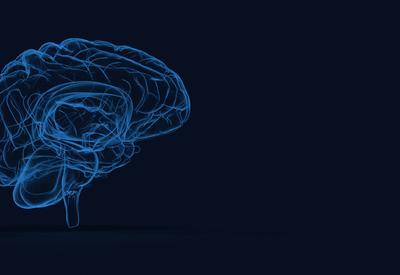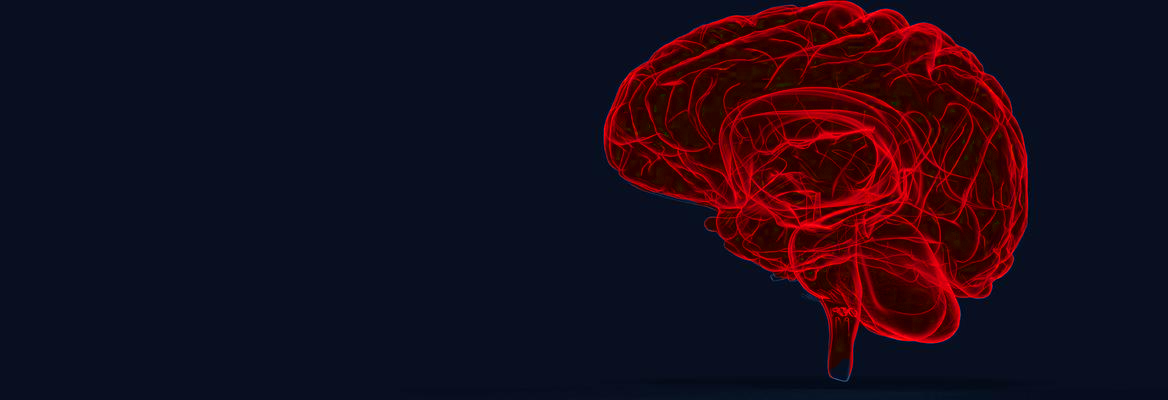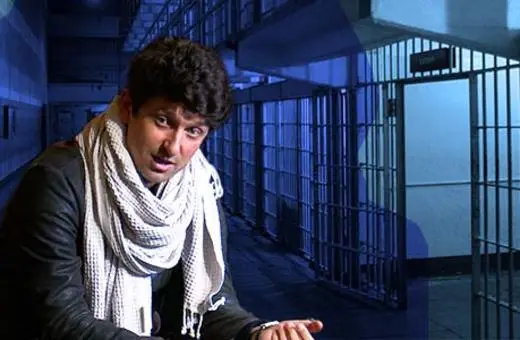In response to Scott Barry Kaufman’s article yesterday arguing the right-left brain hemisphere split isn’t true, the main proponent of the view, Iain McGilchrist, responds.
Scott Barry Kaufman would appear to be way behind the curve on the topic of hemisphere differences. It is true that there is a diminishing band of people – often life coaches and management seminar psychologists – who still go around mouthing the sort of nonsense with which he starts his article:
‘So yea, you know how the left brain is really realistic, analytical, practical, organized, and logical, and the right brain is so darn creative, passionate, sensual, tasteful, colourful, vivid, and poetic?’
This is, as should be obvious, a straw man, and underestimates his audience, most of whom can be assumed by now to have caught up with the vast increase in understanding of hemisphere differences in recent years. It’s like lecturing us all on the news that physics no longer believes phlogiston to be the cause of fire.
___
There is a catch-22 involved here: we all learnt in our training that the sort of thing Kaufman puts forward was debunked ages ago.
___
Increasingly cognitive neuroscientists are catching up with developments in this field, on which I have written at length in principally two books, The Master and his Emissary (Yale University Press 2009) and The Matter with Things (Perspectiva Press 2021). These books total approximately two thousand pages together, represent the results of three decades of research specifically into what the real hemisphere differences are, and are backed by the findings of over 6,000 papers in the area. Fifteen years ago I still had to warn people that just about anything they thought they knew about hemisphere differences was likely to be either flat wrong, or at the very least in need of much qualification – and at worst the complete reverse of the truth. I have had to do this much less recently; but Kaufman’s article shows how necessary it is for me to keep repeating it.
 SUGGESTED READING
Creativity is not a right brain phenomenon
By Scott Barry Kaufman
SUGGESTED READING
Creativity is not a right brain phenomenon
By Scott Barry Kaufman
Reading The Matter with Things alone would involve some hard work, I recognise, and I am not being dismissive of those who cannot find the time to read it carefully. I completely sympathise: we live in a world in which we are constantly trying to catch up with so much. But the corollary is that those who have not read my work should think carefully before laying down the law on a topic they have not researched if they don’t want to seem out of touch. There is a catch-22 involved here: we all learnt in our training that the sort of thing Kaufman puts forward was debunked ages ago. As a result, few people have had the foolhardiness – or courage, depending on your point of view – to take the necessary pains to investigate the real truth about hemisphere differences, because taking the matter seriously would not only involve them in years of work, but make it impossible for them to progress through the science establishment, since that establishment already appears to know, without having to look at the evidence that has by now accumulated, that there can be ‘nothing in’ hemisphere research. But this is neither logical nor scientific. Because the conclusions that were jumped to in the 1960s and ’70s were mistaken is not to say that there are no conclusions to be drawn.
___





















Join the conversation